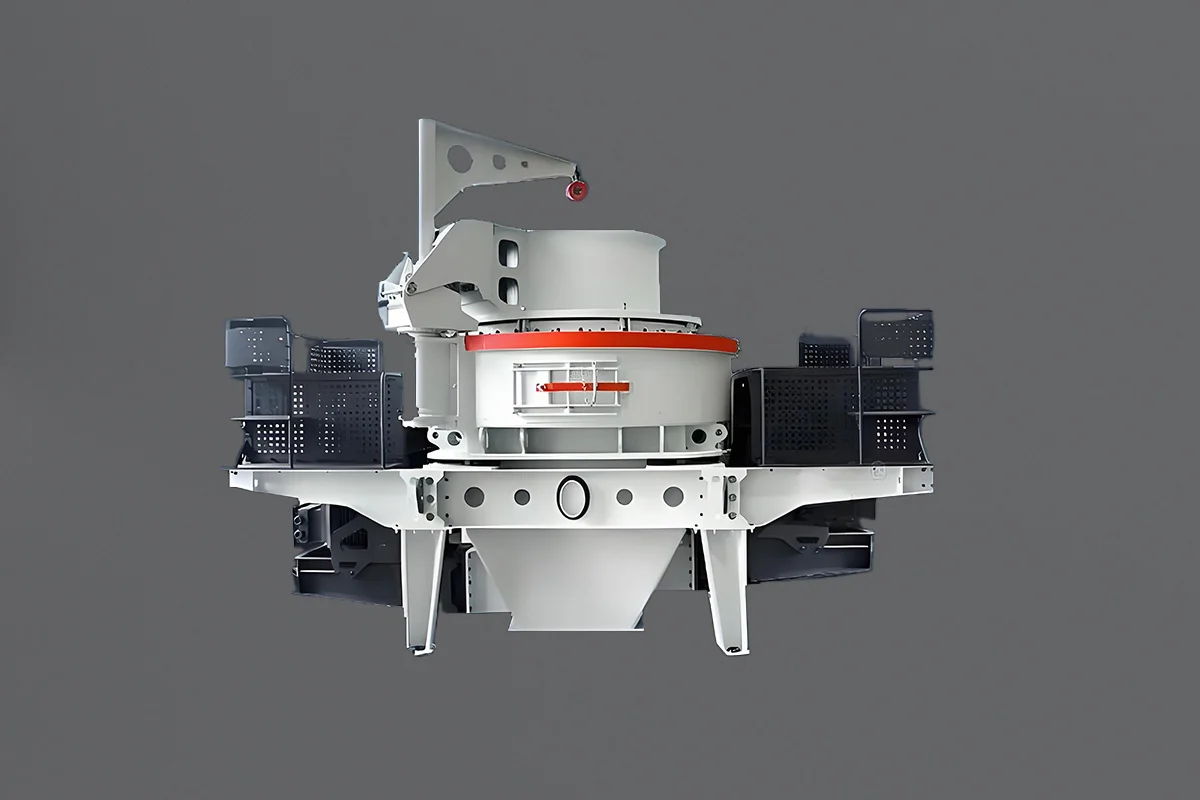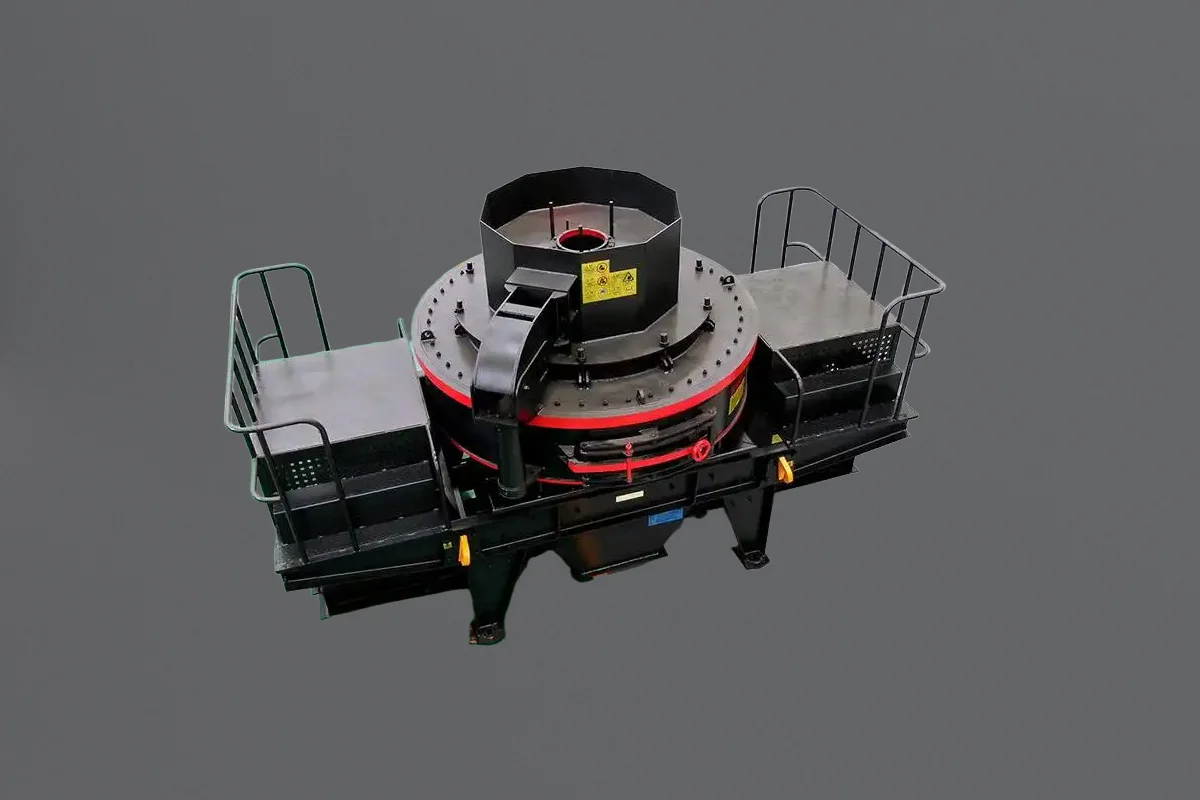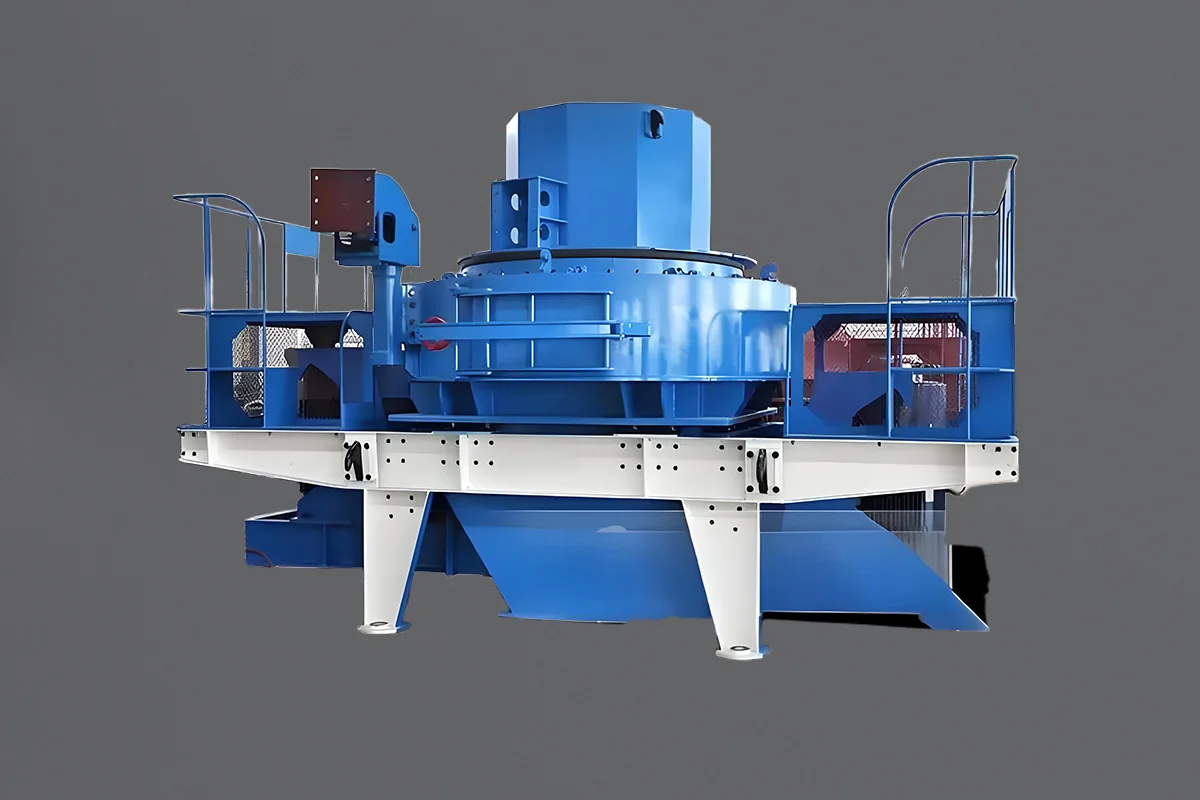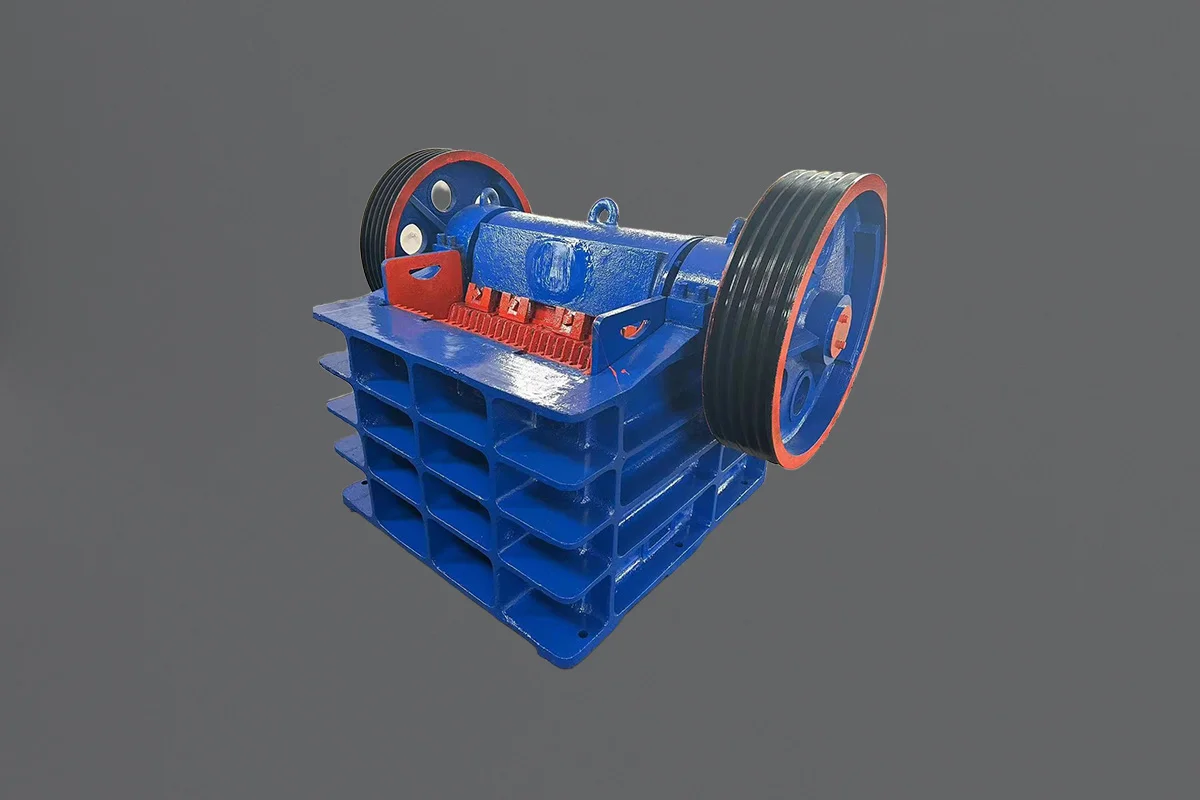What factors affect the capacity of a cone crusher?
The cone crusher is one component of the circuit. As such, its performance is in part dependent on the proper selection and operation of feeders, conveyors, screens, supporting structures, electric motors, drive components, and surge bins.
Which factors will enhance crusher capacity?
Where used, attention to the following factors will enhance crusher capacity and performance.
- Proper selection of crushing chamber for material to be crushed.
- A feed grading containing the proper distribution of the particle sizes.
- Controlled feed rate.
- Proper feed distribution 360° around the crushing chamber.
- Discharge conveyor sized to carry maximum crusher capacity.
- Properly sized scalping and closed circuit screens.
- Automation controls.
- Adequate crusher discharge area.
Which factors will detract from crusher capacity?
The following factors will detract from crusher capacity and performance.
- Sticky material in crusher feed.
- Fines in crusher feed (smaller than crusher setting) exceeding 10% of crusher capacity.
- Excessive feed moisture.
- Feed segregation in the crushing cavity.
- Improper feed distribution around the circumference of crushing capacity.
- Lack of feed control.
- Inefficient use of recommended connected horsepower.
- Insufficient conveyor capacity.
- Insufficient scalper and closed circuit screen capacities.
- Insufficient crusher discharge area.
- Extremely hard or tough material.
- Operating Crusher at less than recommended full load countershaft speed.
The capacities and gradations shown in the tables are averages based on results obtained from installations worldwide, crushing the broadest range of ores, rocks, and minerals. To determine the effect of individual conditions, consult Qiming Casting.



